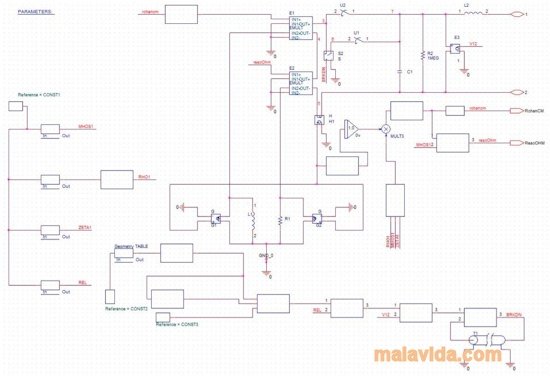

Mixed-signal designs can also be verified where the analog portions have digital content embedded. It also provides digital worst-case timing analysis to help find timing problems during signal transitions. Its simulation provides dc, ac, and transient analysis. OrCAD PSpice handles more than just bias calculations, of course. There are also a number of tutorials available for the program: PSPICE 9.1 Student Version from Orcad includes limited versions of PSpice A/D 9.1, Web Update 1, including PSpice Schematics 9.1 a choice of schematic editors, PSpice Schematics 9.1, Capture 9.1, and a part database from Digikey. A screen grab from the Orcad PSpice program. Here are a few inexpensive and widely used programs that fit the bill. These days, it’s often preferable to use a simulation program to determine circuit biasing for all but the simplest cases. Positive bias pulls electrons away from the junction so that it cannot conduct.īias, in this case, high-frequency, is used in magnetic tape recording to improve audio quality by removing objectionable hiss.

When negative bias is applied, electrons are repelled, gathering as charge carriers at the N-P or P-N junction.

Besides being applied within an amplifier so it operates within a predetermined part of its transconductance curve, negative bias may be applied to a cathode so that electrons are launched and subsequently accelerated toward a CRT screen.īiasing plays an important role in the operation of a diode and in transistors where any two terminals constitute a virtual diode. Most often, this force is unchanging in amplitude and polarity. It can be magnetic, mechanical, hydraulic, pneumatic – wherever force is introduced into a system. In both cases, clipping of the reproduced signal will occur.īiasing can take forms other than electrical. Otherwise, the input signal to be reproduced may drive the device beyond cutoff, or it may be insufficient to put the device fully into its linear region.

dc bias, the purpose of which is to keep the device in its linear operating range. If a semiconductor or vacuum tube is to accurately reproduce or amplify signals on its input, it must have on its input a non-time-varying dc voltage, i.e.


 0 kommentar(er)
0 kommentar(er)
